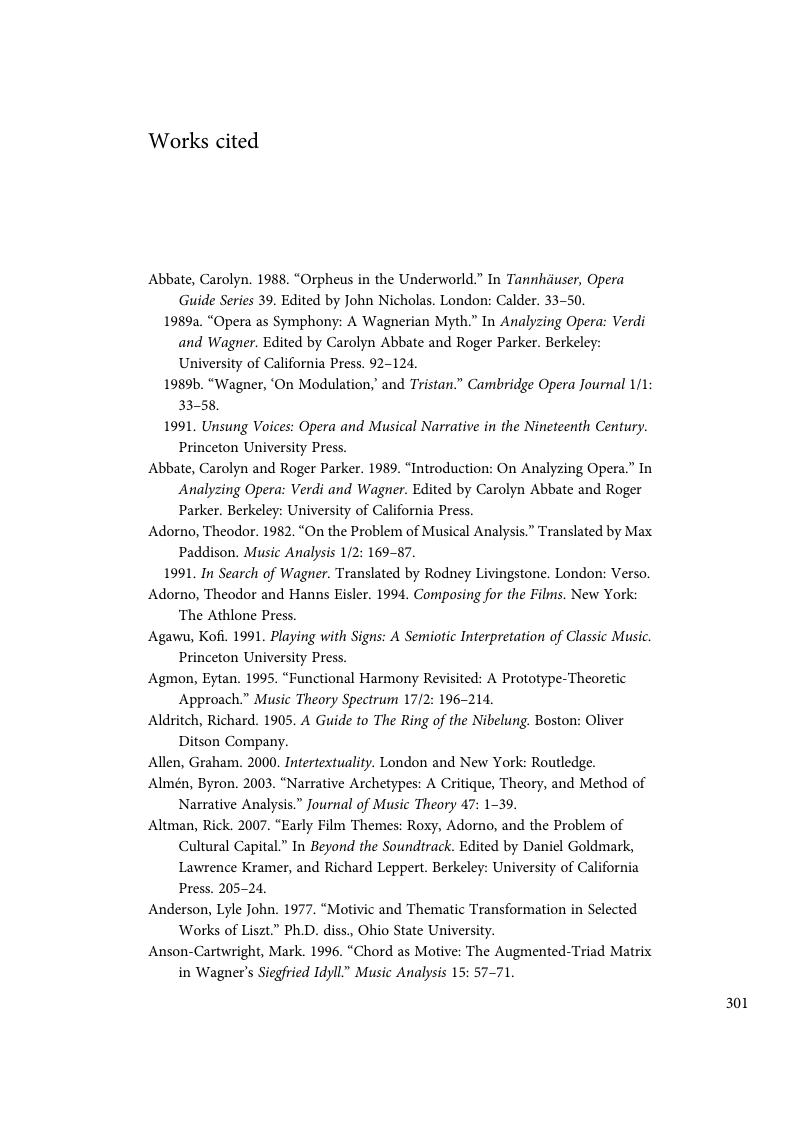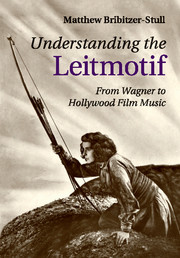Bibliography
Published online by Cambridge University Press: 05 June 2015
Summary

- Type
- Chapter
- Information
- Understanding the LeitmotifFrom Wagner to Hollywood Film Music, pp. 301 - 321Publisher: Cambridge University PressPrint publication year: 2015



